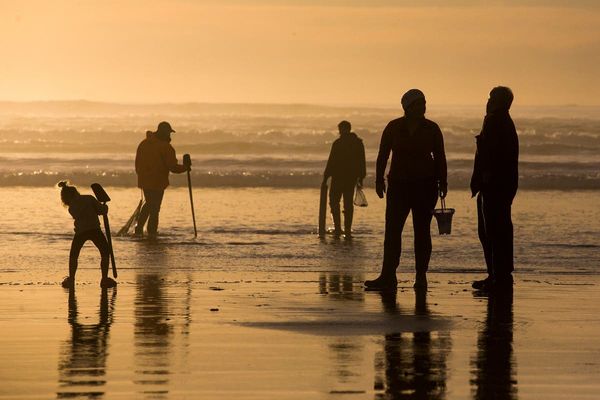Australia is only "guessing" how much greenhouse gas it produces and the federal government should invest $60 million in new infrastructure to measure its real environmental impact, according to a renewable energy think tank.
The Superpower Institute chairman Rod Sims launched research into the issue at Parliament House in Canberra on Tuesday, warning the nation was failing to measure the impact of different gases and could not accurately gauge whether carbon offsets were effective.
But Mr Sims, who previously led the Australian Competition and Consumer Commission, said investments in better emissions monitoring would not only solve the problem but could open new export opportunities.
The report comes days before the federal government is expected to release data showing its progress in cutting emissions.
The Superpower Institute's National Emissions Monitoring Roadmap found Australia did not have enough infrastructure to accurately measure its greenhouse gas pollution, with only four ground sites used to monitor emissions.
Mr Sims said the current system also failed to accurately monitor individual gases, such as methane, even though the International Energy Agency warned Australia's annual methane production could be 60 per cent higher than currently recorded.
"Australia is lacking the core scientific infrastructure to accurately measure its greenhouse gas emissions," he said.
"We are effectively poking around in the dark, guessing what our emissions are and whether our actions are, in fact, reducing emissions."
The report recommended the government spend $40 million to establish a larger emissions-measuring network, including a central calibration laboratory and 12 new monitoring sites across Australia, four of which would monitor carbon dioxide, methane and nitrous oxide levels.
The CSIRO could co-ordinate the network and manage data, and staffing the network would cost about $6 million annually, the report said.
The Superpower Institute chief scientist Professor Peter Rayner said the proposal would also use "existing technology and monitoring" capabilities at other scientific organisations such as The University of Melbourne and UNSW, and employ new ways to monitor pollution.
"Satellite technology has improved considerably in its ability to measure emissions in quite precise locations and the (institute) intends to utilise these advances, combining the broad coverage and increasing capability for narrow geographic focus," he said.
Mr Sims said the investment could also deliver business opportunities for Australia in places including Europe.
"Australia's economic prosperity and productivity can be centred on being a green export superpower where Australia has the potential to reduce global emissions by six to nine per cent," he said.
"To achieve this, we need to get our measurement to the same standard as our trading partners."
The federal government is expected to release data before the United Nations Climate Change Conference this week showing it is on track to reduce greenhouse gas emissions by 42 per cent below 2005 levels by the end of the decade.
The projections would see Australia miss its target by one per cent.







